three, three, three
2013 - Drawing & Print (Drawing & Print)
Lucas Blalock
Blalock resists the immediacy that we have come to expect from photography—that each photograph should communicate its message without delay. Within the dark obscurity of three, three, three (2013), he frustrates and complicates this conditioned response to the photographic medium, questioning the photograph’s purpose.
Lucas Blalock received his MFA from the University of California, Los Angeles. In his photographic work he fuses analog and digital technologies, relying on both the tactility of a four-by-five camera and the wide-open possibilities of digital manipulation. While many makers of photographic images may use digital tools while simultaneously burying the fact of that use, Blalock makes his manipulations evident.
Colors:
Related artist(s) to: Lucas Blalock » Chris Wiley, » Barbara Kasten, » Charlotte Moth, » Diane Arbus, » Elad Lassry, » Elina Brotherus, » Erin Shirreff, » Lynne Tillman, » Michele Abeles, » San Francisco
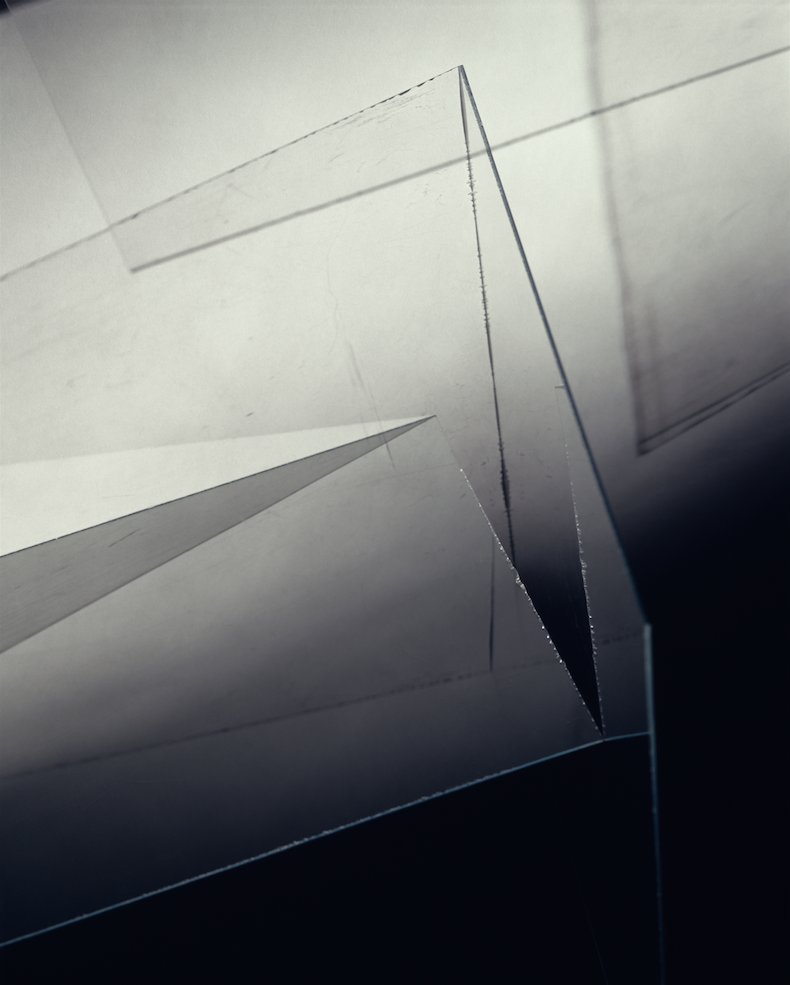
© » KADIST
Barbara Kasten
2008Barbara Kasten’s Studio Construct 51 depicts an abstract still life: a greyscale photograph of clear translucent panes assembled into geometric forms, the hard lines of their edges converging and bisecting at various points...
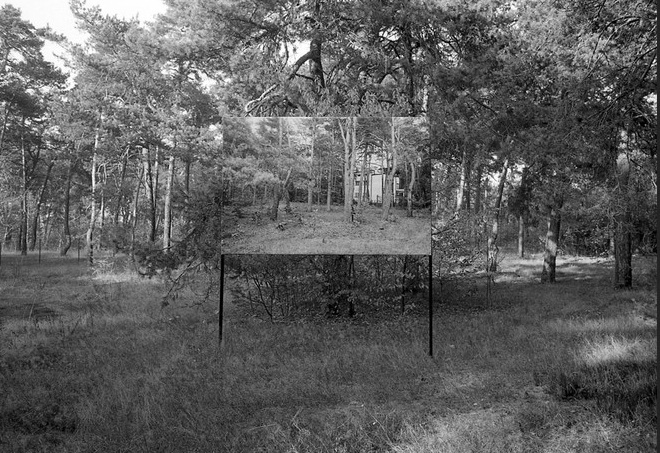
© » KADIST
Charlotte Moth
2012It is with the eye of a sculptor that Charlotte Moth records modernist architecture and its copies which she encounters during her trips and residences...
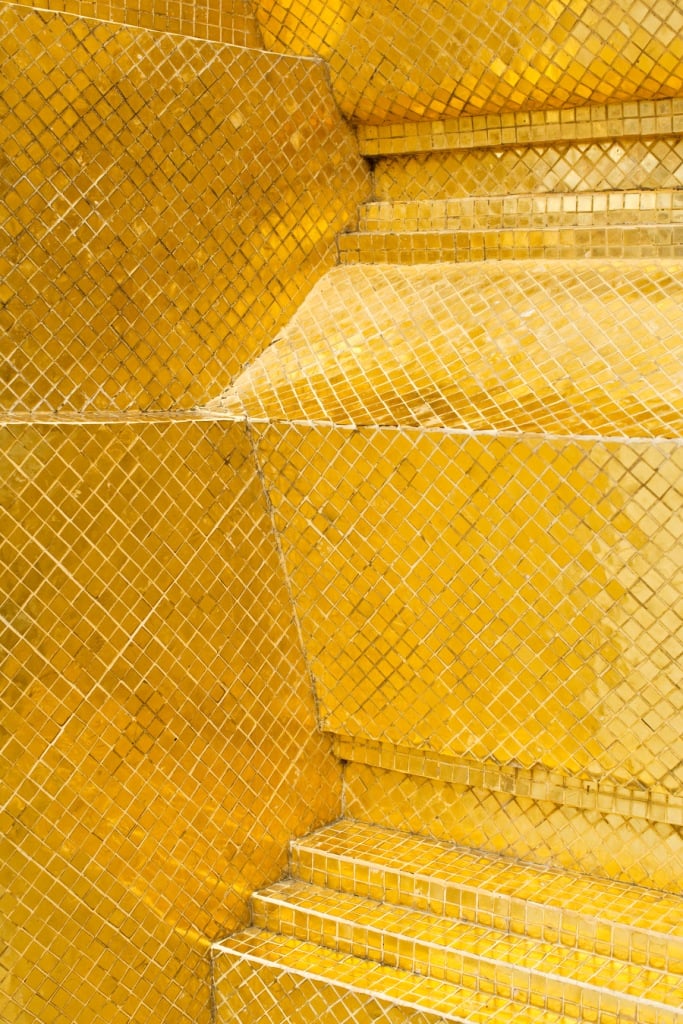
© » KADIST
Chris Wiley
2012Architectural details become abstracted renderings in Chris Wiley’s inkjet prints 11 and 20 (both 2012)...
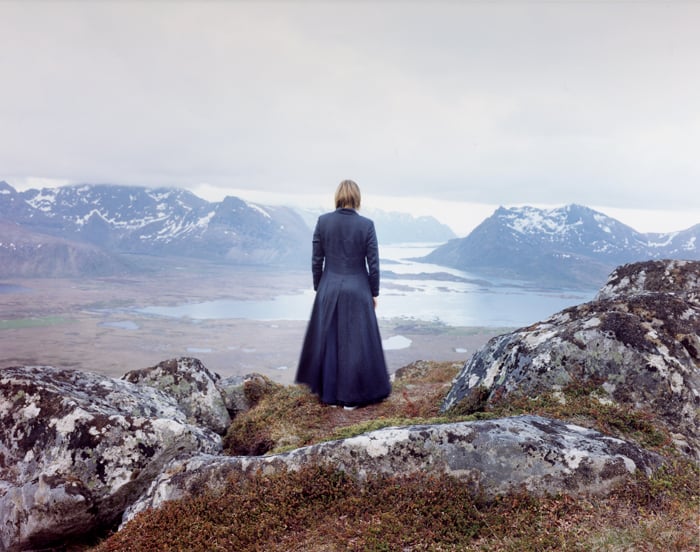
© » KADIST
Elina Brotherus
A subject’s back stands before a landscape of mountains, arid and majestic, Der Wanderer 3 revisits the theme of man versus nature dear to Romantic painting and the paintings of Caspar David Friedrich in particular...
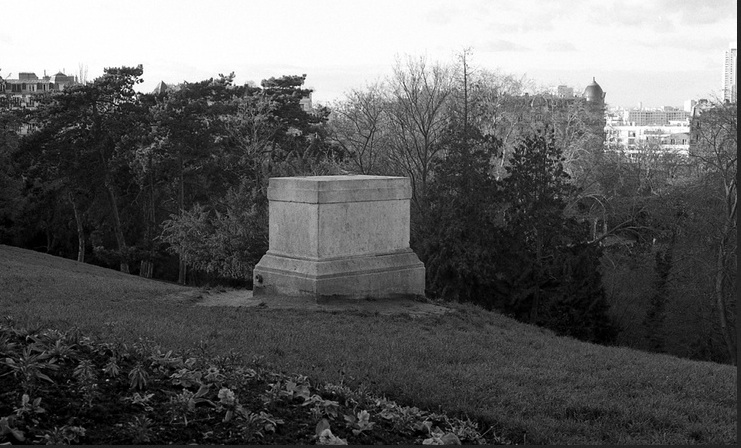
© » KADIST
Charlotte Moth
2012It is with the eye of a sculptor that Charlotte Moth records modernist architecture and its copies which she encounters during her trips and residences...

© » KADIST
Chris Wiley
2012Architectural details become abstracted renderings in Chris Wiley’s inkjet prints 11 and 20 (both 2012)...
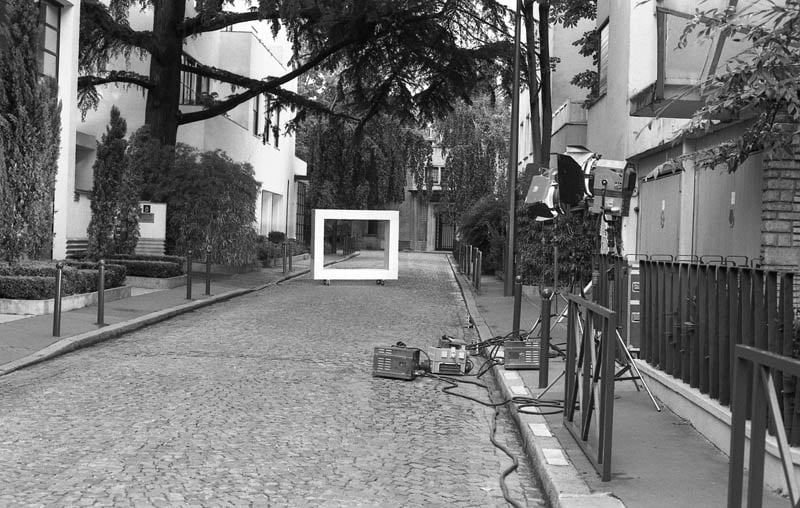
© » KADIST
Charlotte Moth
2010Charlotte Moth asked the art critic Francesco Pedraglio to write a text in response to the Man Ray film “Les Mystères du Château de Dé”, the decor of which was the Villa Noailles, built by Mallet-Stevens...

© » KADIST
Elad Lassry
2013In his composition, Chocolate Bars, Eggs, Milk, Lassry’s subjects are mirrored in their surroundings (both figuratively, through the chocolate colored backdrop and the brown frame; and literally, in the milky white, polished surface of the table), as the artist plays with color, shape, and the conventions of representational art both within and outside of the photographic tradition...

© » KADIST
Elad Lassry
2013In establishing a deliberate distance between viewer and subject, Lassry raises questions about representation itself and how all portraits are, in effect, fully constructed objects that only gain meaning once we ascribe them with our own personal associations and emotions...

© » KADIST
Elad Lassry
2012The black-and-white photograph Men (055, 065) (2012) depicts two similarly built young men – young and slim, with dark tousled hair and a square jaw line – seated aside one another in identical outfits...


